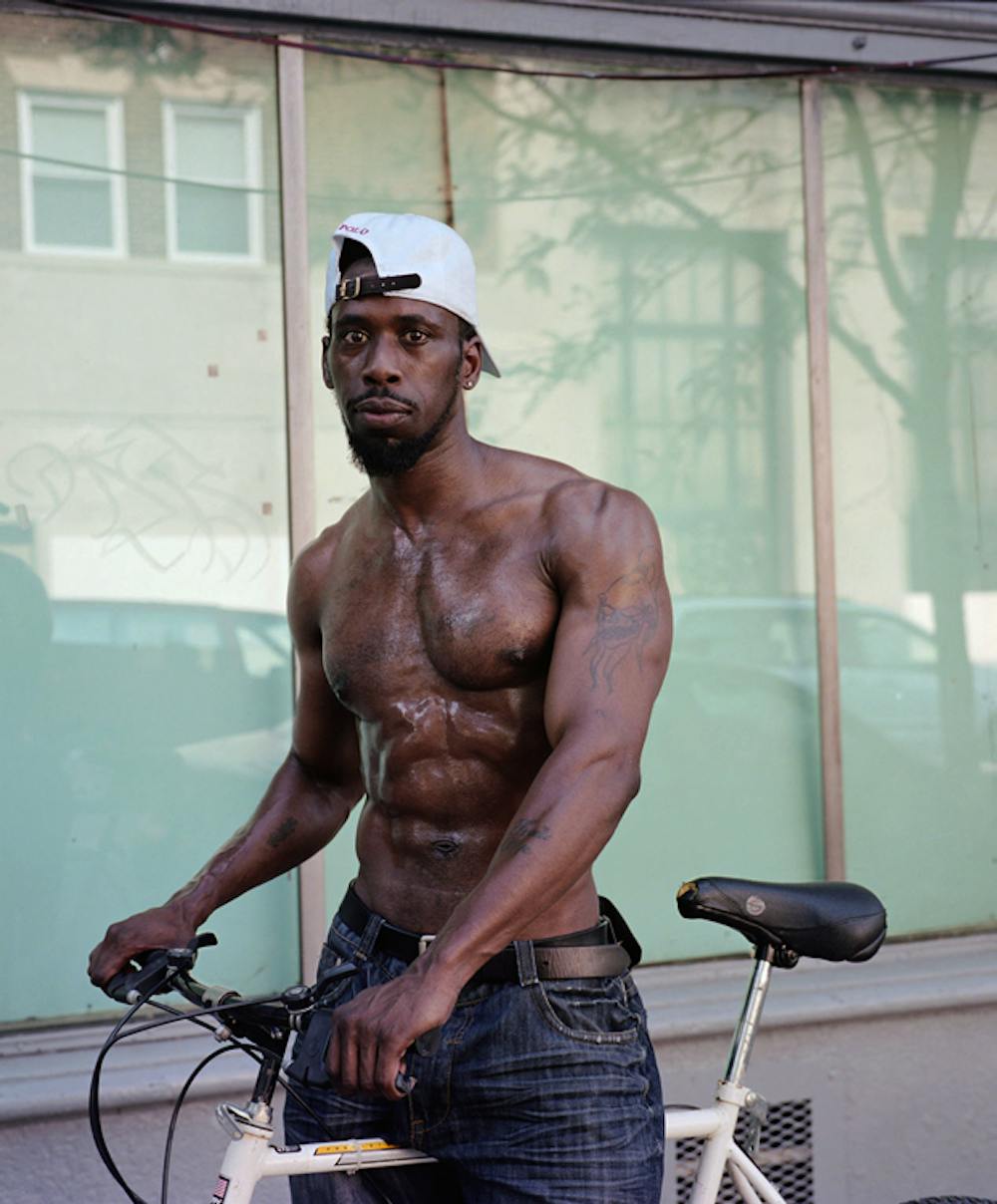Here and Now” reflects the Philadelphia Museum of Art’s continuous effort to encourage and support a thriving artistic environment right here in the City of Brotherly Love. As a groundbreaking Rembrandt exhibit continues upstairs (the first complete showing of his series of paintings, “The Face of Jesus,” since 1656), a press table sits in the lobby of the museum welcoming journalists, bloggers and anxious Street editors to the opening of an exhibition featuring the best and brightest of Philadelphia’s art scene.
The works cover a range of topics from pollution, civil rights and branding in modern society, to the personal struggles of the average Philadelphian. However, the diversity of the show is not only thematic, but also carries over to the domain of medium. Woodcut prints, ink washes, 3D photography, cutout collages and drawing all attest to the vibrant creativity that Philly’s artists are known for.
When Photographers Are Blinded, Eagles Wings are Clipped by Daniel Heyman confronts visitors as it hangs on the first visible wall of the gallery space. The large–scaled woodcut is imprinted on a turquoise backdrop and painted to have the texture of wood, an acknowledgement of medium, a defiant self–awareness that represents not only the rest of this Philly crowd but the city as a whole.
The work consists of repeated images of black eagles, symbolizing veterans of war while working boot–clad feet line the bottom of the piece. Dark images of injured and abused men weave their way between the repeated icons, illustrating the horrors relayed by veterans to the artist himself. An understanding of these symbols sheds light on the meaning of the title, one that reflects the effects of misinformed journalism on the hearts and minds of those that had actually witnessed the tragedies in the headlines firsthand.
However, despite the heaviness of Heyman’s message, 25–year–old Hannah Price, the youngest artist in the exhibition, lightened the mood with her painting, On My Way Home. The work depicts a couple sharing a kiss on a Philadelphia sidewalk. Trees lean toward them as if arranging themselves for the moment while an altered pedestrian crossing sign depicts a couple hand in hand. Rays of light shine through the trees, spotlighting the sidewalk as a violin player serenades the young lovers. Thus, Price illustrates a Philadelphia defined by the needs and emotions of the people within it.
Although not as extravagant as the Rembrandt exhibit on the second floor, “Here and Now” glorifies the talents of Philadelphians themselves, the people that truly define our beloved city.







